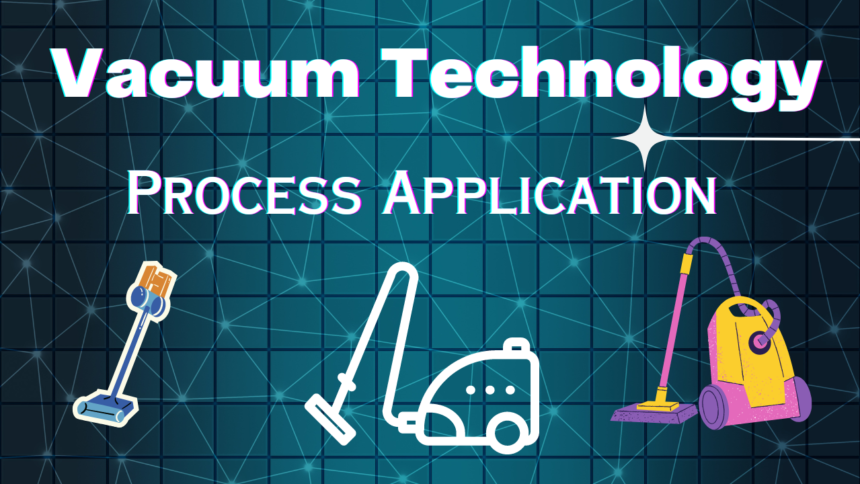Unveiling the Marvels of Vacuum Technology: Revolutionizing Industries
In the realm of modern science and engineering, few advancements have wielded as profound an impact as vacuum technology. From powering space exploration to revolutionizing manufacturing processes, the applications of vacuum technology are diverse and far-reaching. In this article, we delve into the fascinating world of vacuum technology, exploring its principles, applications, and the transformative role it plays across various industries.

Understanding Vacuum Technology
Vacuum technology revolves around creating and maintaining environments devoid of matter, or in simpler terms, spaces with low pressure. This absence of air or other gases allows for the manipulation of materials, energy, and even particles in ways unattainable under normal atmospheric conditions.
The cornerstone of vacuum technology lies in vacuum pumps, which serve to evacuate air and gases from a sealed chamber, creating a vacuum. These pumps come in various types, including rotary vane pumps, turbomolecular pumps, and cryogenic pumps, each tailored to specific applications based on pressure requirements and efficiency.
Applications Across Industries
1. Space Exploration: One of the most significant applications of vacuum technology lies in space exploration. The vacuum of space presents unique challenges and opportunities for spacecraft and equipment. Vacuum chambers simulate these extreme conditions, allowing engineers to test the resilience of components destined for space, ensuring their functionality in the unforgiving vacuum beyond our atmosphere.
2. Electronics Manufacturing: Vacuum technology plays a pivotal role in processes such as semiconductor fabrication and thin-film deposition. Vacuum chambers enable precise control over the deposition of materials onto substrates, leading to the creation of integrated circuits and other electronic components with unparalleled precision and performance.
3. Healthcare: Vacuum technology finds applications in medical devices and procedures, ranging from suction pumps used in surgical environments to vacuum-assisted wound closure systems. These technologies facilitate critical medical procedures, enhancing patient outcomes and improving the efficiency of healthcare delivery.
4. Food Packaging: Vacuum packaging extends the shelf life of perishable goods by removing air from the packaging, inhibiting the growth of microorganisms and preserving the freshness of food products. This application of vacuum technology not only reduces food waste but also enhances food safety and quality, benefiting both consumers and producers.
5. Analytical Instrumentation: In laboratories worldwide, vacuum technology underpins the operation of analytical instruments such as mass spectrometers and electron microscopes. By creating a vacuum environment within these instruments, researchers can manipulate samples and particles with precision, facilitating detailed analysis and characterization across various scientific disciplines.
Future Prospects
As technology continues to advance, the potential applications of vacuum technology are boundless. From emerging fields such as quantum computing to cutting-edge developments in materials science and nanotechnology, vacuum technology will continue to underpin innovation across diverse domains.
Conclusion
In conclusion, vacuum technology stands as a cornerstone of modern science and engineering, empowering advancements across industries and enabling feats once deemed impossible. From space exploration to healthcare and beyond, the applications of vacuum technology are as diverse as they are transformative. As we look to the future, the continued development and refinement of vacuum technology promise to unlock new frontiers of discovery and innovation, shaping the world we live in for generations to come.










